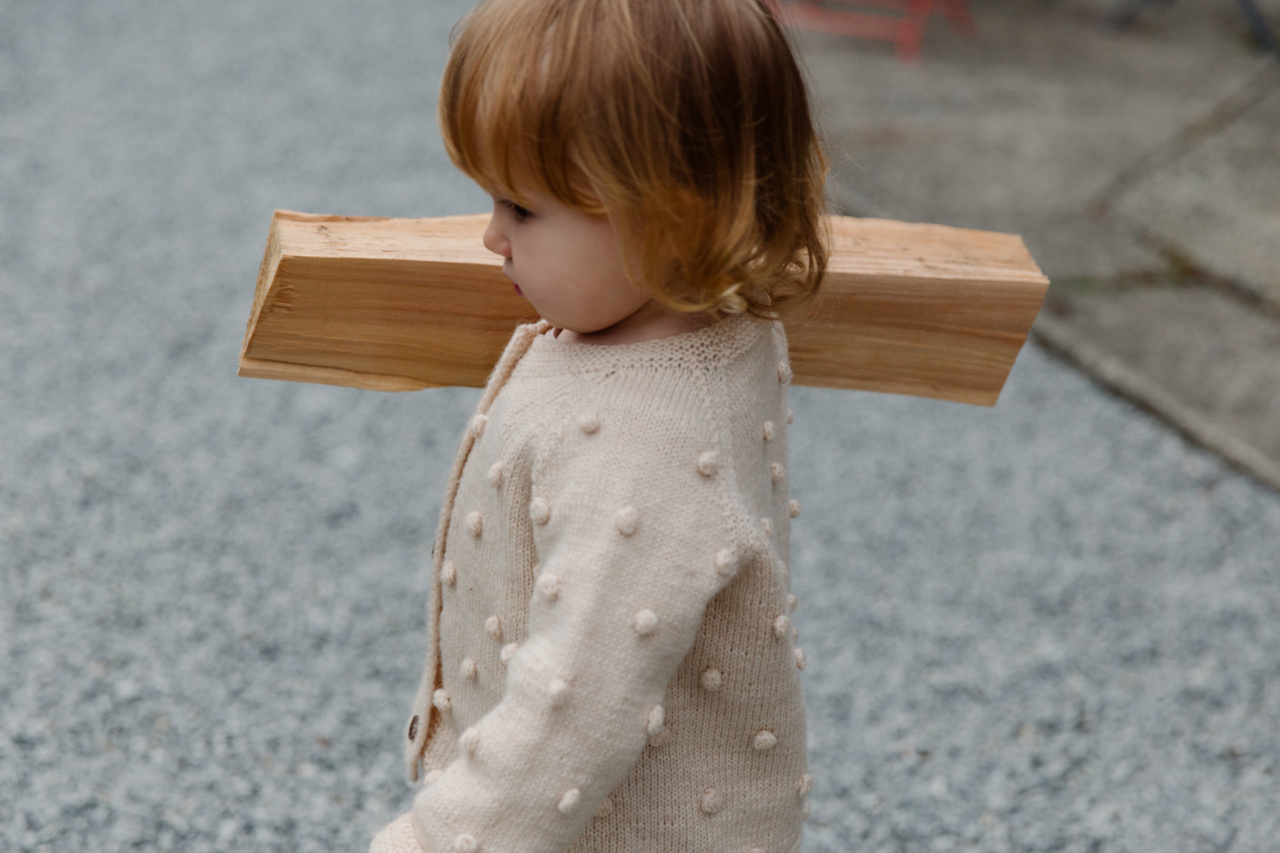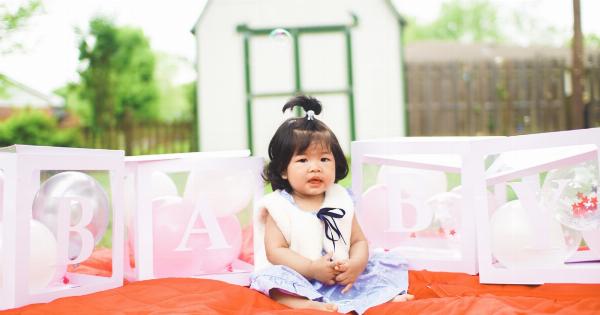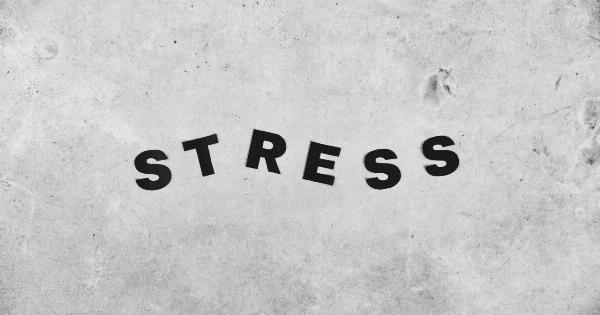Emotions are a fundamental part of human life, including for children. However, managing emotions can be challenging for kids, especially when it comes to anger.
Uncontrolled anger can lead to aggressive behavior, emotional outbursts, and negative consequences in school and personal relationships. Finding effective strategies to help children manage their anger is crucial for their emotional and social development. Surprisingly, one simple and inexpensive tool that can assist in this process is balloons.
In this article, we will explore how balloons can be used as a therapeutic and fun tool to teach children anger management skills.
The Power of Balloons in Anger Management
Balloons have an inherent appeal to children. The vibrant colors, unique shapes, and the excitement of filling them with air can captivate their attention.
This fascination and interest provide an ideal foundation for using balloons as a tool to help kids manage their anger and emotions effectively.
1. Balloon Breathing Technique
Breathing exercises are a well-known technique for calming oneself down. Teaching children how to regulate their breathing during moments of anger or frustration can help them gain control over their emotions.
The balloon breathing technique involves inflating a balloon slowly through the nose and exhaling through the mouth. This process mimics deep breathing and relaxes the body, reducing feelings of anger and anxiety.
2. Anger Expression through Balloon Art
Art therapy is a proven method for emotional expression and stress relief. By incorporating balloons into art activities, children can express their anger in a safe and constructive manner.
Encouraging kids to draw or paint their angry feelings on the surface of balloons can offer them a creative outlet for their emotions. Once their artwork is complete, they can pop the balloon symbolically, representing the release of their anger.
3. Balloon Squeezing Exercise
When feelings of anger arise, physical tension often accompanies them. Teaching children how to release this tension can help them manage their anger more effectively.
Balloon squeezing exercises involve giving children inflated balloons and instructing them to squeeze and release them repeatedly. This action enables children to channel their anger into the balloon, providing a safe and non-destructive way to release their built-up energy and emotions.
4. Balloon Counting Technique
Counting can be a useful strategy to divert attention away from anger and redirect focus onto something positive. Balloon counting involves challenging kids to count the number of balloons they see around them whenever they feel angry.
This simple task engages their minds and distracts them from the immediate source of their anger, eventually calming them down.
5. Balloon Pop journaling
Journaling is a well-known therapeutic technique that aids in self-reflection and emotional processing. Incorporating balloons into journaling exercises can make the process more engaging for children.
Kids can write down their angry thoughts or experiences on a piece of paper and attach it to a balloon. They can then pop the balloon, representing their desire to let go of those negative emotions and move forward.
6. Balloon Tag for Emotional Release
Physical activity is an excellent way to release pent-up emotions. Balloon tag combines the fun of a game with the opportunity to release anger in a controlled and safe manner.
The game involves tying a balloon to each child’s leg and encouraging them to pop each other’s balloons. Through this activity, children can engage in physical movement while releasing their anger and frustration, promoting a sense of relief.
7. Balloon Affirmation Visualization
Affirmations are a powerful tool for cultivating positive thoughts and emotions. Combining affirmations with the visual aspect of balloons can create a potent experience for children.
Balloon affirmation visualization entails writing positive affirmations on small slips of paper and placing them inside balloons. Children can then blow up the balloons, visualizing their anger being replaced by these positive affirmations. Releasing the balloons symbolizes letting go of anger and embracing positivity.
8. Balloon Empathy Activity
Developing empathy is crucial for healthy emotional and social development. Balloon empathy activity provides children with a hands-on experience to understand others’ emotions better.
Inflate a balloon partially to represent someone holding in their anger. Invite children to empathize with that person’s feelings and gradually release air from the balloon, representing the gradual release of anger and the restoration of emotional well-being.
9. Balloon Toss for Anger Communication
Communication plays a vital role in anger management and conflict resolution. Balloon toss allows children to practice expressing their anger in a respectful and controlled manner.
Stand in a circle with the children and toss a balloon around, taking turns sharing what makes them angry or frustrated. This activity promotes open communication and teaches kids how to express their emotions constructively.
10. Balloon Relaxation Exercise
Teaching children relaxation techniques is essential for managing anger. Balloon relaxation exercise combines the concept of progressive muscle relaxation with the visual element of balloons.
Guide children to imagine that their bodies are like deflated balloons. Instruct them to gradually inflate their “balloon bodies” by tensing each muscle group and then release the tension, imagining the air slowly leaving the balloon.
This exercise helps kids understand the physical sensations of relaxation while providing a visual aid.
Conclusion
Balloons, with their versatility and appeal to children, can serve as valuable tools in teaching kids how to manage their anger and emotions effectively.
Whether through breathing techniques, art therapy, physical exercises, or symbolic activities, balloons offer an engaging and playful approach to anger management. By incorporating these balloon-based strategies into daily life, parents, educators, and therapists can help children develop essential emotional regulation skills from an early age.
The next time a child feels overwhelmed by anger, offering them a balloon may just be the key to calming the storm within.































